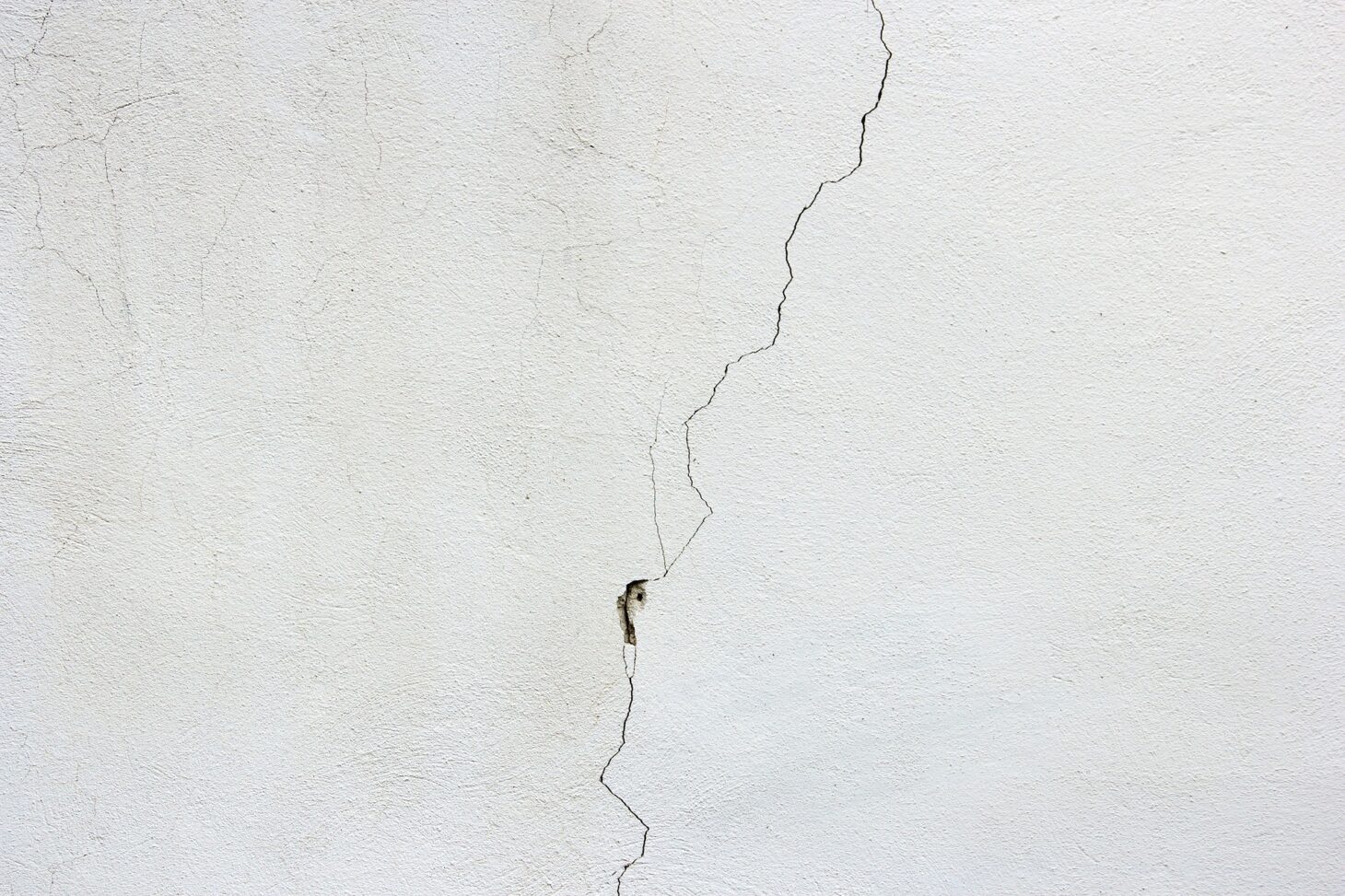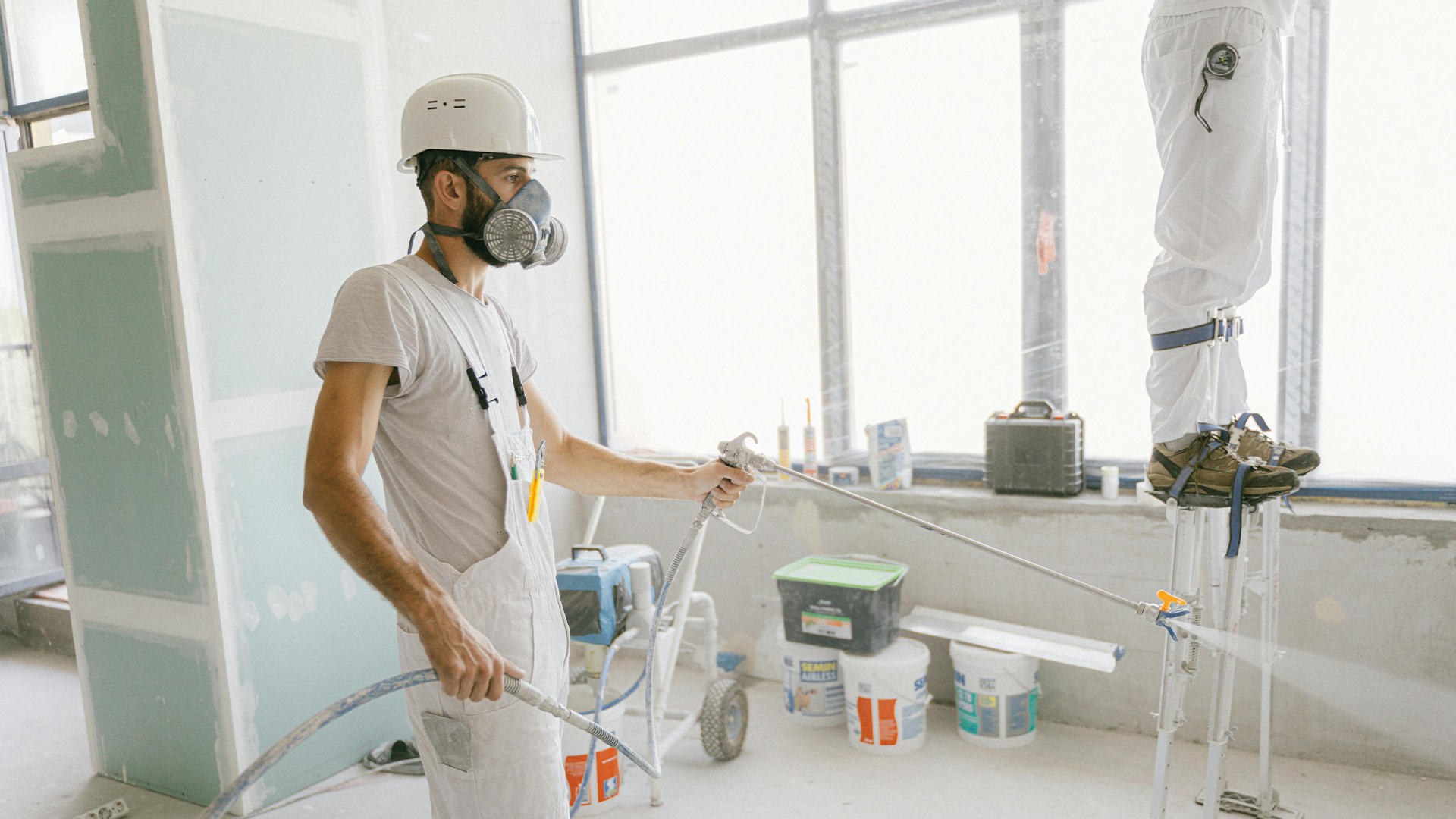Key Take Aways
Peeling, cracking & blistering usually occur due to poor surface preparation—dirt, old paint, or debris prevent proper adhesion.
Moisture is the primary culprit: damp, trapped water in masonry bubbles and lifts paint, especially if paint isn’t fully waterproof and breathable.
Use of low-quality or ageing paint increases failure risk—cheap paints lack protective additives, and all paints degrade with UV, heat, and time.
Incorrect application (wrong thickness, poor technique, insufficient drying/curing time, extreme weather conditions) leads to cracking and failure.
Efflorescence—salt deposits rising through masonry—can cause blistering and paint detachment.
Environmental extremes like sun, wind, temperature swings accelerate drying & cracking of paint films.
Solutions include thorough cleaning (e.g. pressure-wash, fungicidal wash), scraping/removing failed paint, applying stabilisers or primer, and finishing with high-quality breathable, water-repellent masonry coatings such as silicone- or nano-hybrid paints.
Professional spray-applied wall coatings offer long-term warranties (10–25 years+), resist peeling/cracking, and are hydrophobic yet vapour‑permeable.
Since masonry paints have a water base, they are highly liquid. If you don’t seal a stone, render, or brick wall before painting it, the dry wall will absorb the moisture from the applied masonry paint.
As the masonry paint starts to dry, the walls absorb the moisture, making the paint harder and brittle. Paint will begin to flake away and fracture.
This might be devastating, and you’ll have to peel all of the previously applied paint off the wall before starting over.
What causes Masonry paint to crack and peel?
Nothing is more frustrating than spending a huge amount of time and effort decorating a room or any space within your property, or even outside, only to have the paint crack, causing you to start over or even give it up and hire a professional to finish the job properly, but why is it all happening?
What went wrong if you had the house exterior painted lately, or at least within the last year, and still the cracks appeared?

Wondering if only there was non-cracking paint?
Well, here is the answer to your problem!
Many folks struggle terribly with the decorations and then get negged out or give up due to the seeming loss of skills, those tried and true bits of wisdom passed down through generations from an old fella’s toolbox.
Don’t worry; most DIY errors can be fixed with a little experience and knowledge, so we’ll go through why paint cracks and how to avoid them from happening in the future.
Factors may cause Masonry paint to fracture and peel away from a wall.
One of the main reasons why that decorative job you completed a week ago is starting to crack is that you may not have properly prepared the surface.
OK, no one was standing directly behind you, watching the way you decorate (which, let’s be frank, would be a little weird! ), but we have several times seen the exact problem of what we are talking about!
1. One of the common causes of paint cracking is poor surface preparation.
Paint peels away generally, whether it is a gloss, emulsion, or whatever you have considered because it doesn’t stay to the surface beneath it; the door or the wall you painted.
It’s possible that the paint cracked or peeled because the surface wasn’t adequately prepped.
Properly cleaning the surface that has to be painted; rubbing away or removing the existing paint; de-greasing the entire surface, or adding a primer when the paint container explicitly states that you should.
2. Paint cracks due to damp and wet conditions.
Although it is related to the point specified above in terms of wall preparation, dampness, moisture, mould, or mildew will cause a paint layer to fail because it will not adhere properly to the surface you are painting.
Painting a room or space after it has rained, or painting around the outside of the property during or after rain or severe weather, is a formula for disaster.
If water on the surface has to be painted, it must be dried before painting.
If you don’t, even wiping off the wall dry with some cloth, moisture will remain in the air, and perhaps within the wall as well, and if you paint it, it will not adhere properly and crack and peel.
3. Failure is also caused by improper paint application.
Now, no one around is going to “teach grandmother to suck eggs” here, but there are many paints & coatings, and each one is designed for a certain purpose.
Metal paint is just for the metals, UPVC paint for upvc, and floor paint for flooring, right?
If you start using paint for something it wasn’t designed for, it won’t function and fail, wasting your time.
Always double-check that you’re using the right paint for the job. Ask a staff member at the hardware shop or wherever you plan to buy the paint if it is what you require.

The Answer to Masonry Paint Peeling
A rookie DIY mistake is peeling off the masonry paint. However, every time we paint a brick wall or floor, we apply a simple and inexpensive technique.
- Obtain a bucket.
- Pour in one litre of water.
- 50/50 PVA and Water
- 1/2 litre PVA glue
Ensure that the solution is thoroughly mixed before applying it to the wall using a large brush. Also, make sure you paint the entire wall because any gaps will lead your Masonry paint to fail.
You can resume painting once the water and PVA mixture has dried.
This solution serves to protect the wall and prevent your paint from shedding its moisture content before it gets a chance to dry naturally.
This mixture will be white after you first apply it to your wall.
The PVA solution will cure clear within a couple of hours, and then you will be all set to paint the wall your selected colour.
Several masonry sealers are currently available in the market, but the water and PVA solution is the best choice since it works all the time without fail.
What other alternative is there then?
Is there actually a paint that doesn’t fracture, even when exposed to weather and temperature extremes? Well, that surely isn’t certain. But, if you follow the advice specified above, you should be able to fix it the next moment you pick up a brush.
Most exterior paints have a short lifespan; after all, paint is manufactured by large corporations that, even if they produce long-lasting paint, don’t need you to know about it because they would like to sell you more and more paint.
Because they do not break, wall coatings can help too. Textured masonry wall coatings do not crack because they are special paints applied using a high-powered spray gun and never crack once applied to your home exterior.
It also has other benefits, such as resistance to flaking, blistering, and peeling, and, unlike most regular paints, it comes with a comprehensive warranty that ensures the stated durability.
It’s clearly more expensive than regular paint, and you’ll need special spray equipment to apply it, so you won’t be able to do it yourself, but consider how much money you’ll save over the years by not having to repaint your house.




